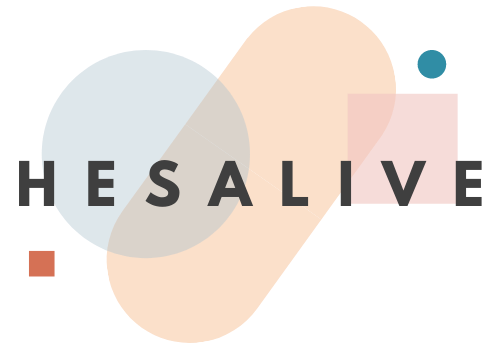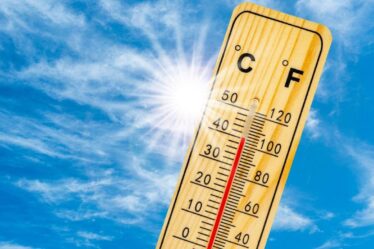
Unlocking the secrets of user interaction on smartphones can dramatically improve your B2C store's performance. Touch-point analysis through heat maps provides valuable insights into how customers navigate your mobile store, revealing opportunities to streamline the buying journey and boost conversion rates.
Understanding heat map analytics for mobile shopping
Heat map analytics offer a visual representation of smartphone user behavior, showing exactly where customers tap, swipe, and pause while browsing your B2C store. These colorful overlays transform raw data into actionable insights that can guide strategic design decisions for your mobile commerce platform.
Types of Heat Maps for Tracking Mobile User Behavior
Several heat map varieties serve distinct analytical purposes in the mobile commerce landscape. Click heat maps display where users tap most frequently, helping identify which elements attract attention. Scroll maps reveal how far users navigate down your pages, pinpointing where interest wanes. Move heat maps track finger movements across the screen, while eye-tracking heat maps show precisely what catches the visual attention of shoppers. Using tools from Punto Log and similar providers, you can gather comprehensive mobile interaction data that illuminates the entire customer journey.
Key metrics revealed through smartphone heat map data
Smartphone heat maps uncover crucial metrics that traditional analytics might miss. They expose friction points in your mobile checkout process, highlight abandoned cart patterns, and identify underperforming CTAs. By analyzing pages like cart and profile sections, you gain insights into existing customer behavior. Touch heat maps for Android and iOS provide platform-specific insights, while dynamic heat map plotting across all pages creates a comprehensive picture of user engagement. These visual tools complement other strategies like RFM analysis and multi-touch attribution to create a holistic view of your mobile customer experience.
Implementing heat map insights to transform mobile conversion rates
Heat maps represent a powerful visual tool for B2C online stores looking to enhance their smartphone shopping experience. By tracking where users tap, swipe, and spend time on your mobile site, heat maps reveal crucial patterns about customer behavior that can significantly boost conversion rates. For smartphone users, understanding touch-point analysis is particularly valuable as finger interactions differ fundamentally from desktop cursor movements. Smart implementation of heat map data allows eCommerce businesses to make data-driven decisions about layout, design, and functionality that directly address user friction points.
Modern digital commerce platforms now integrate sophisticated heat map analysis capabilities, making this technology accessible to businesses of all sizes. When properly deployed, these tools can identify exactly where customers hesitate, abandon carts, or engage most deeply with product content. By focusing optimization efforts on these specific areas rather than making blind changes, B2C stores can create more intuitive mobile experiences that guide users naturally toward conversion.
Optimizing product page elements based on touch data
Touch heat maps reveal exactly where smartphone users interact with your product pages, highlighting which elements receive attention and which go unnoticed. For effective product page optimization, focus on reorganizing content based on actual user engagement patterns. If heat maps show users repeatedly touching product images but rarely scrolling to view detailed specifications, consider bringing visual content forward and condensing text information into easily tappable expandable sections.
High-quality visuals prove essential based on heat map data, which typically shows extended engagement with product imagery. Ensure images are not just attractive but also functional – heat maps often reveal users attempting to zoom or rotate products that don't support these interactions. Touch data might also indicate confusion around size selection or color options, signaling a need for larger tap targets and clearer visual differentiation. Many B2C stores have seen substantial conversion improvements by redesigning call-to-action buttons based on touch heat map insights, making them more prominent and positioning them where users naturally place their thumbs during one-handed browsing.
Streamlining checkout process through heat map analysis
Heat map analysis of checkout flows identifies precise points where mobile customers abandon purchases. Touch data typically reveals friction points like form fields that are difficult to complete on smartphones or payment options that require excessive scrolling. By tracking finger movements during checkout, you can identify hesitation patterns and reorganize steps to align with natural user behavior – such as placing the most-used payment methods at the top of options lists based on touch frequency data.
Mobile checkout optimization should focus on minimizing required taps based on heat map insights. Many successful B2C stores have reduced form fields after discovering users repeatedly abandoning certain input sections. Touch heat maps might also reveal confusion around shipping options or return policies, indicating where additional clarity is needed. Research shows unexpected costs represent a major abandonment trigger, so transparent pricing highlighted early in the process typically improves completion rates. Website load time optimization remains critical for mobile users – aim for under three seconds to prevent the early abandonment patterns frequently visible in session recordings paired with heat maps. Continuous A/B testing of checkout modifications based on heat map data creates a feedback loop for ongoing conversion rate improvements.



